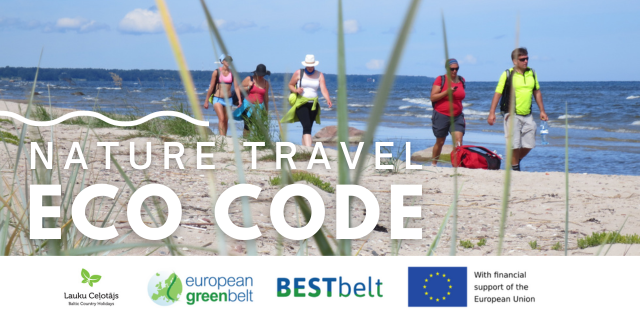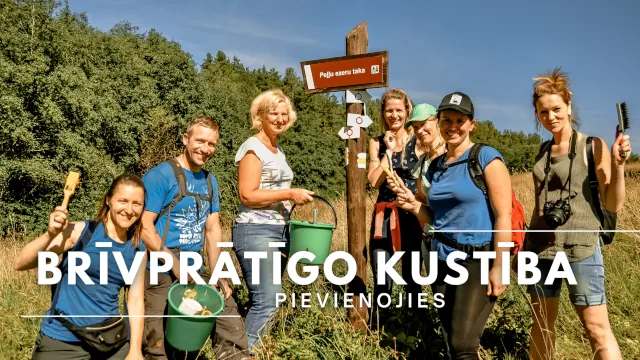25. Etappe. Vecāķi - Carnikava.
 Sehenswert
Sehenswert
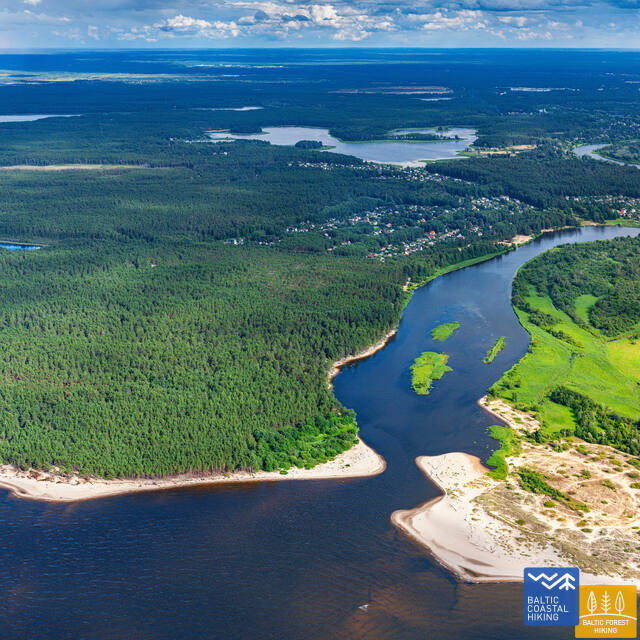
|
Bedeutende geschützte Biotope von Carnikava bis zum Fluss Inčupe - embryonale Dünen, Vordünen, schwimmende Blattrosette der Wassernuss Ummī und mit uralten Wäldern bedeckte Meeresdünen. |
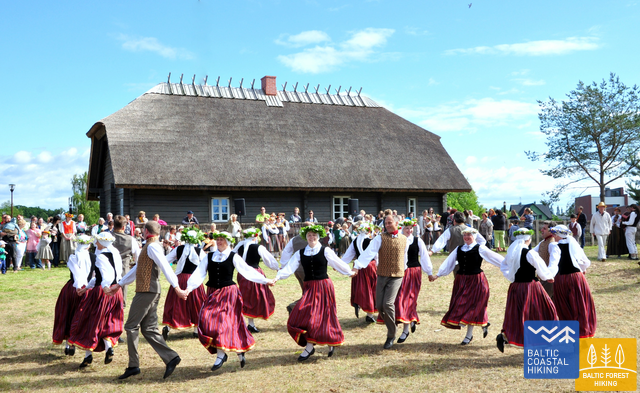
|
Das Museum ist 1851 ist als Nachbildung des an der Mündung des Flusses Gauja stehenden Fischer- und Fährmannshauses “Cēlāji” gebaut worden. Neben einer Ausstellung gibt es ein guten ausgestatteten Rastplatz für Wanderer. |
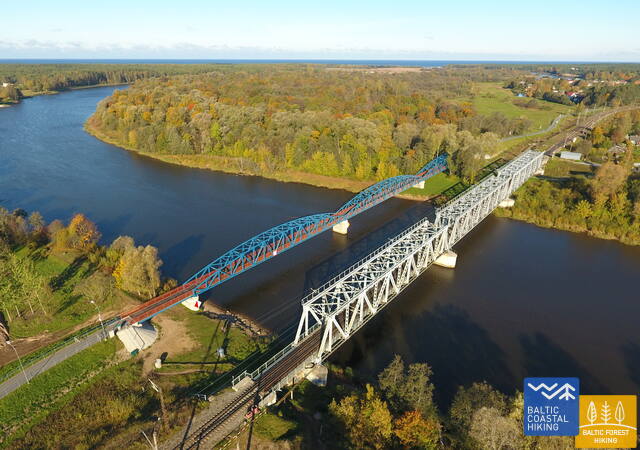
|
Am 18. November 2014 ist über die Gauja die längste Fußgänger - und Radbrücke in Lettland eröffnet worden. Sie ist ein wichtiger Abschnitt der Eurovelo-Route 13 "Eiserner Vorhang“. |
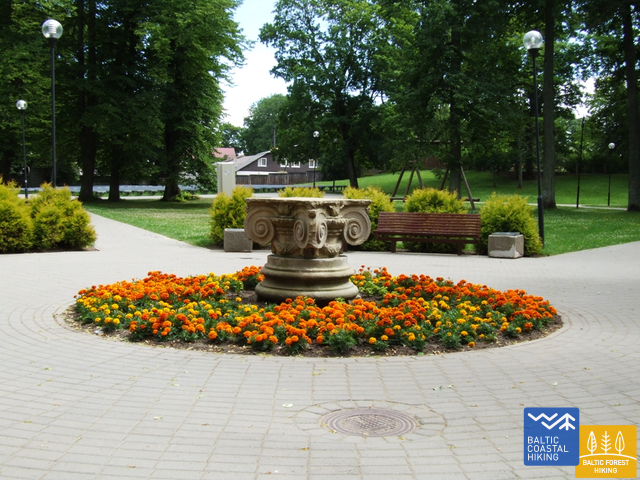
|
Ein Zeugnis des einmal prachtvollsten Landgutes der Region Vidzeme. |
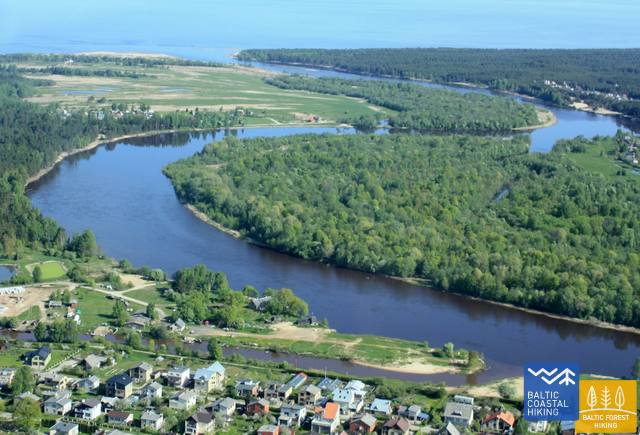
|
Bis heute ist die natürliche Landschaft des Mündungsgebietes der Gauja mit dem Zusammenspiel von Fluss und Meer erhalten geblieben. Die Mündungslandschaft wurde in die elektronische Sammlung der landschaftlichen Schätze Lettlands aufgenommen. |
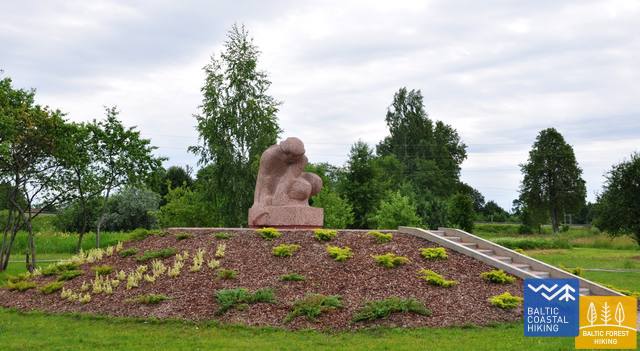
|
Die Skulptur des Bildhauers V. Titāns symbolisiert das Nichtaufgeben und das ständiges Wieder-auf-die-Beine-Kommen und Weitergehen. |
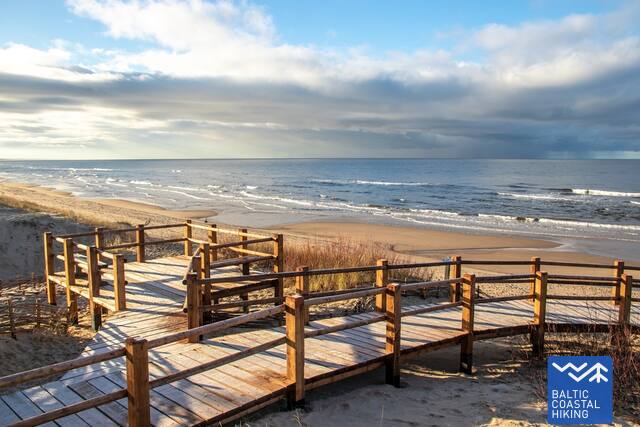
|
One of the longest paved promenades in Latvia. Excellent for walks to the sea. |
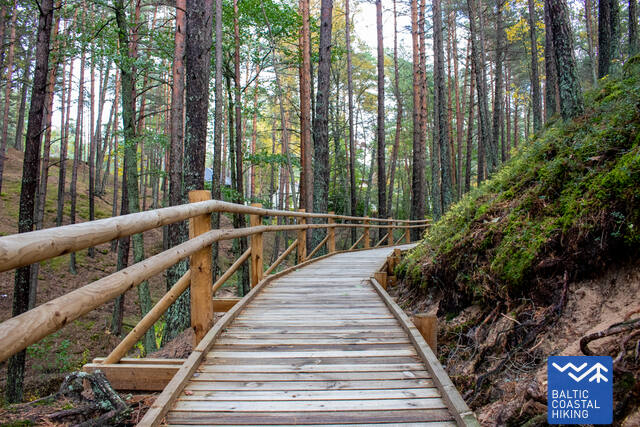
|
The 600 m long trail starts at the Eimuri pumping station, where cars can be easily parkedyou can easily park your car. Also convenient for families with strollers. |
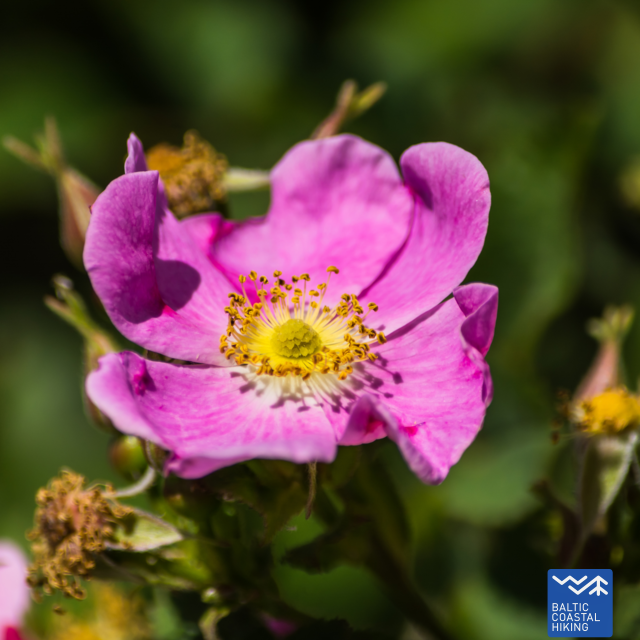
|
Located near the Kalngale railway station, the dune is about one and half kilometer long, its summit and slopes are covered with wild roses and lilies of the valley. |
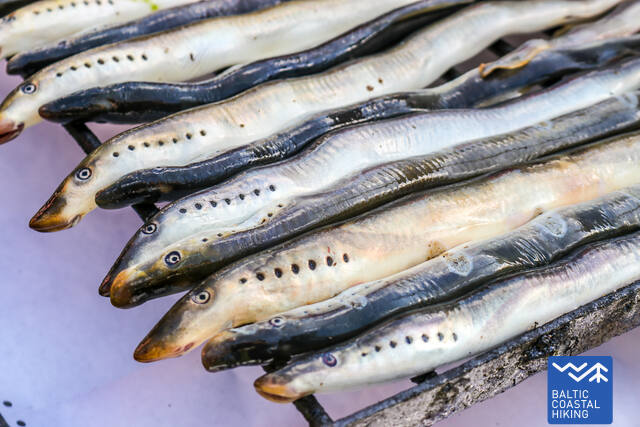
|
Lamprey inspection, cooking and tasting for groups. Visit must be arranged at least 2 days in advance. |

|
Leisure boats in Carnikava Carnikavas koka kuteri. Tel. nr: +371 27742612; https://www.facebook.com/p/Carnikavas-koka-kuteri Leisure boat “Sarnikau” and wooden boats “Sandra” and “Evelīna”. Regular relaxing and insightful rides along the Gauja River from Carnikava to its mouth at the Gulf of Riga and back. During the ride, stories about Carnikava and Gauja, as told by the captains, are available. |
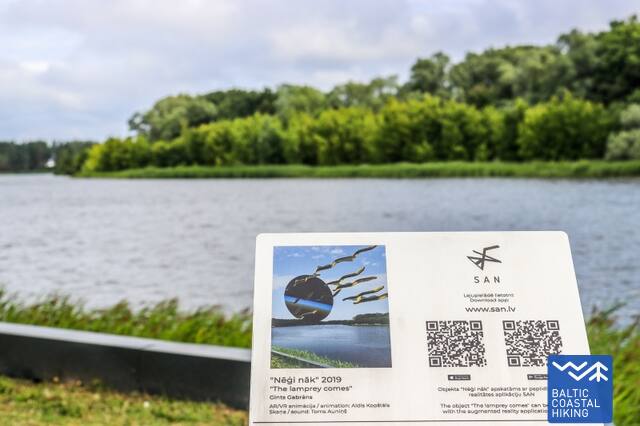
|
A virtual reality 3D object that can be viewed through smart devices using a unique "SAN" application. The artistic author of the object is Gints Gabrāns. The environmental objects are located in 7 places. |
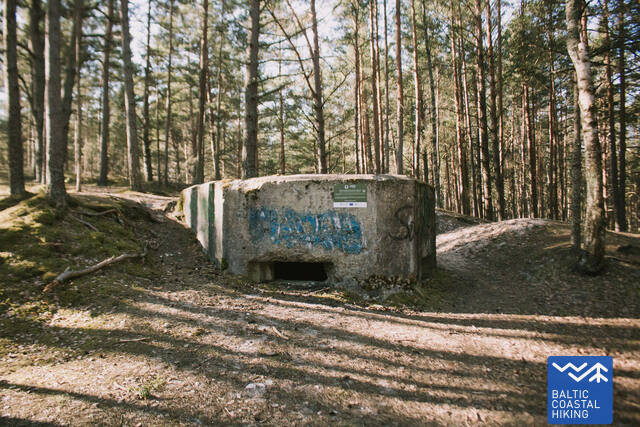
|
The four reinforced concrete fortifications (caponiers or pillboxes), built 1936–1938 by the Latvian Army Sapper Regiment, were an element of the Riga coastal defence system of the Latvian Army. |










